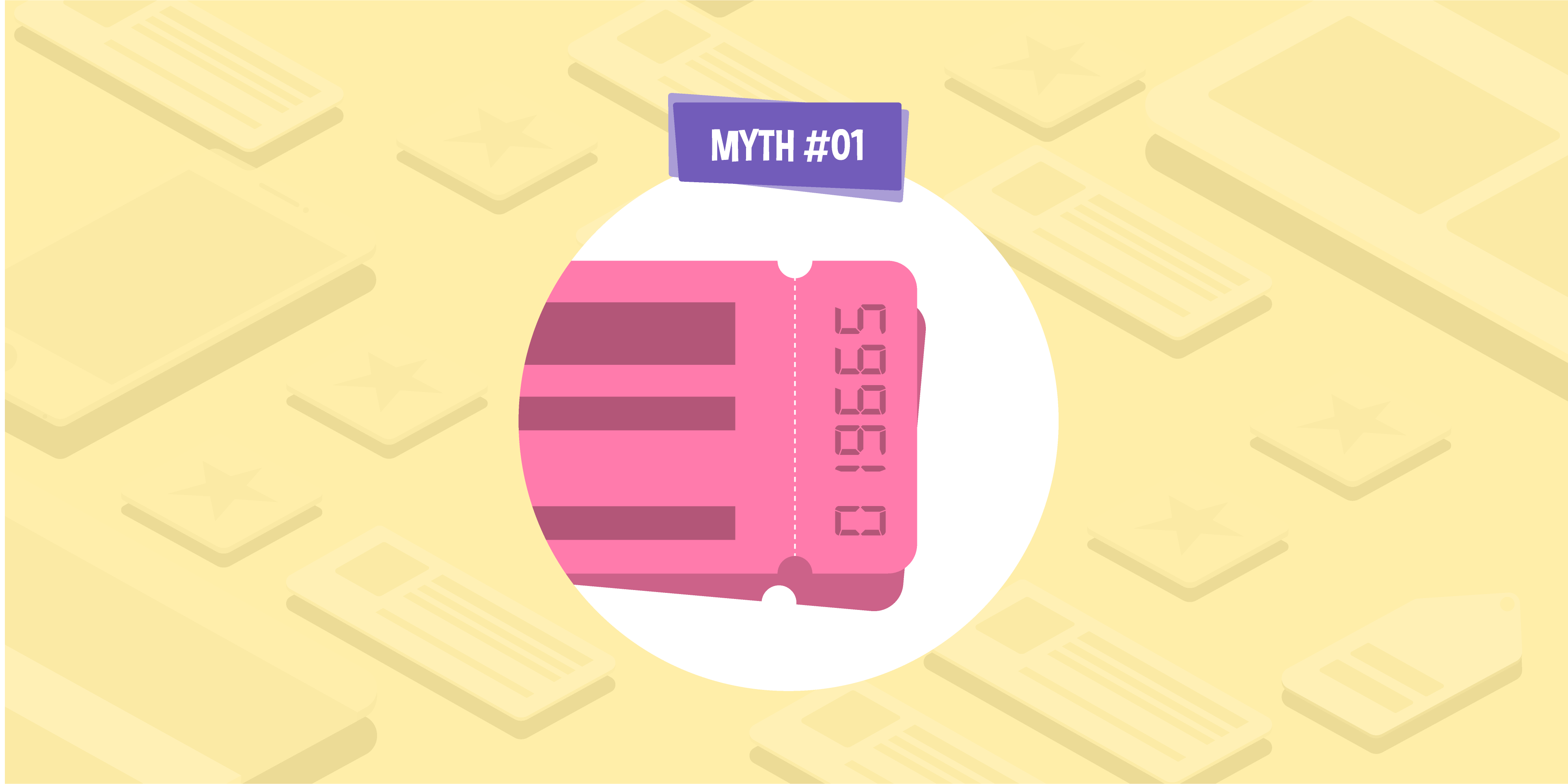
- 23 Nov 2020
- 5 Min read
Google Page Experience update: What is it & what does it mean for your site in 2021?
Earlier this year, Google announced that it would release a Page Experience update to better assess the user friendliness of webpages. This evaluation would, along with other factors, determine visibility on Google search engine results pages (SERPs).
Now, Google has revealed a date for the Page Experience ranking signal update: May 2021. That means that in just six months’ time, the search engine will place greater emphasis on user friendliness and page experience than ever before. But what exactly does this mean in practice, and is your site going to be ready for the new update?
While six months might sound like quite a long time, you can never be too prepared. Plus, offering a better user experience is worthwhile whether you’re trying to rank higher in Google or not.
In this article, I’ll explain what new ranking signals the Page Experience update is likely to include as well as sharing some tips that will help you make sure your website is ready for the changes.
What changes will the Page Experience update involve?
According to Google, the Page Experience update will assess the user experience of a page using five key metrics:
- Core Web Vitals,
- HTTPS security,
- browsing safety,
- mobile accessibility, and
- whether or not the site uses intrusive pop ups (interstitials).
Core Web Vitals encompasses loading performance, responsiveness, and visual stability. These signals are measured by three metrics:
- Largest Contentful Paint (LCP): This measures perceived loading speed and marks the point in the page load timeline when the page’s main content has loaded. In simple terms, it checks how long it takes for the largest bit of content to appear on screen.
- First input delay (FID): This measures the responsiveness of a site. The FID metric assesses how long it takes for a user-generated action to have a result — like clicking a button, for example.
- Cumulative Layout Shift (CLS): This measures visual stability. In other words, how much does the layout and content move around when the page is loading?
Many of the metrics we’ve mentioned have already been ranking signals for a while. However, most industry insiders believe that Google plans to double down on how much of an influence they have on a site’s overall visibility.
Additionally, Google plans to test out a new “visual indicator”, which will most likely show webmasters how their sites are performing according to these new metrics. Further details of exactly how this will work are expected over the coming months.
4 tips for preparing your site for the update
If you have even a basic knowledge of SEO, you might have heard the phrase “focus on the user and all else will follow”. This is a Google mantra, and it’s become something of a golden rule for marketers and SEO professionals as well. Essentially, search engines want to connect users with sites that are going to give them a great experience — so, if you can offer them this, you’re much more likely to rank well on the SERPs.
The upcoming Page Experience update will make this rule more important than ever, so it’s well worth taking the time to make sure your site ticks all the boxes. Here, I’ve shared four key tips you can try implementing before roll-out in May of next year.
1. Carry out a site audit
As with almost any kind of onsite work, the first step is to carry out an audit to identify any weaknesses. That means taking a closer look at what kind of experience your site currently offers and measuring this against the new metrics.
To support site owners in the run-up to the update, Google has released a Core Web Vitals report, which replaces the old Speed Report on Search Console. By working with your developer and using this new report, you can ensure your site is performing well according to the Core Web Vitals metrics described above.
2. Keep an eye on what your competitors are doing
While auditing your own site is a great place to start, it’s not enough to keep tabs on your own visibility: you need to make sure you’re auditing your nearest competitors on the SERP, too. Otherwise, any improvements you make are unlikely to have any effect.
For example, you can take steps to improve responsiveness and page speed to try to boost your Page Experience score, but if your site still isn’t faster or easier to use than your competitors’, you will still struggle to outrank them. So, it’s important to keep an eye on what rivals are doing, so you can stay one step ahead. By using them as a benchmark, you can ensure your preparation will have a real commercial impact when the update rolls out.
3. Work with your developer to ensure your site meets the other metrics
If you suspect that there may be other issues that are stopping your site from offering the best possible user experience, now is the time to take action. Make a plan for investing in your site and work with your developer to tackle any user experience roadblocks you may be facing, such as HTTPS security, browsing safety, mobile-friendliness, and overall site accessibility. This work may take a while to complete, so it’s best to start soon to make sure you’re ready in time for next May.
4. Continue with your SEO campaigns
Although preparing for the update is important, you don’t want to become so focused on getting ready for the new ranking signals that you neglect your other SEO strategies. While focusing on things like page responsiveness and loading speed will certainly help you to weather the update, there are still other important ranking factors to consider, like the quality of your onsite content and backlink profile. So, continue to implement any SEO campaigns you’re already working on.
The clock is ticking — is your website ready for the Page Experience update? For more tips, be sure to check out our post on ensuring your site offers the best user experience.
If you want to boost your online presence both before and after the update, remember that, here at Glass Digital, we’re experts in helping businesses improve visibility through organic search, content, technical SEO, PPC, and affiliate marketing. Get in touch for a free consultation today.
Lydia Carroll
Head of Content

